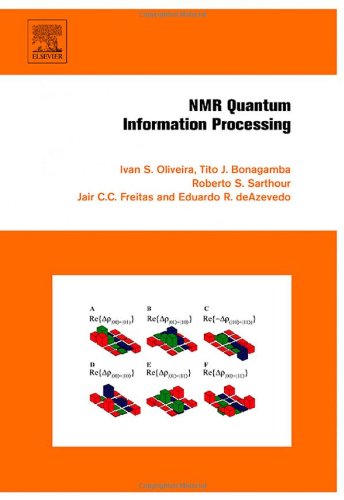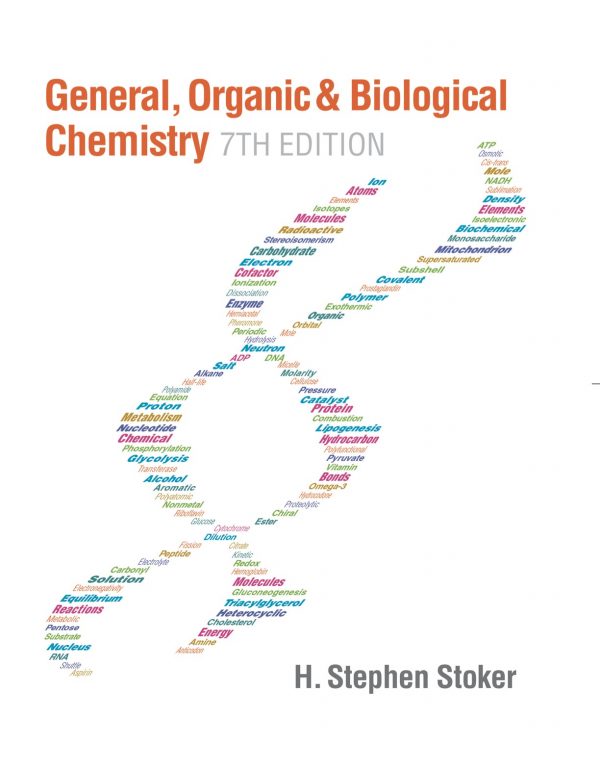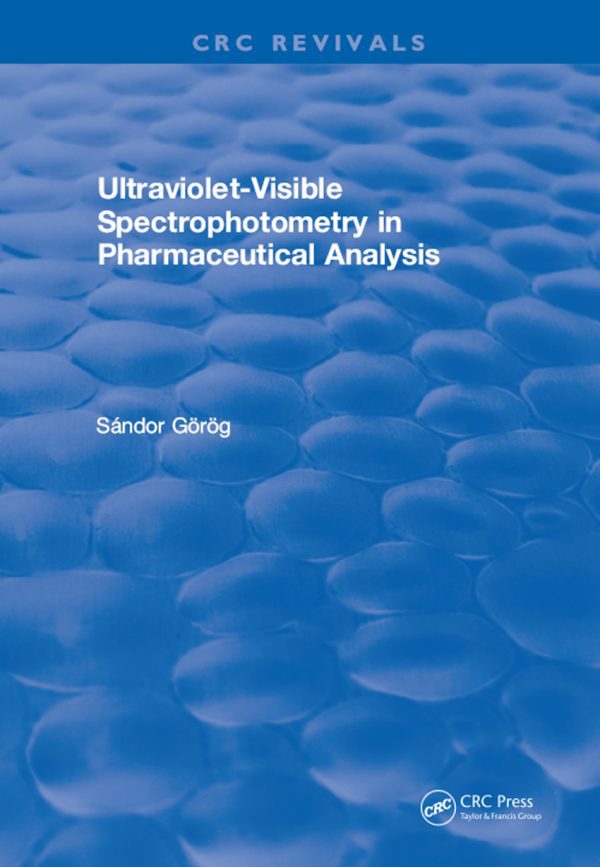Ivan Oliveira, Roberto Sarthour Jr., Tito Bonagamba, Eduardo Azevedo, Jair C. C. Freitas9780080497525, 9780444527820, 0444527826
Table of contents :
Front cover……Page 1
NMR Quantum Information Processing……Page 4
Copyright page……Page 5
Preface……Page 8
Acknowledgments……Page 10
Contents……Page 12
Brief Historical Survey and Perspectives……Page 16
References……Page 21
1.1 Turing Machines, logic gates and computers……Page 24
1.2 Knowledge, statistics and thermodynamics……Page 30
1.3 Reversible versus irreversible computation……Page 33
1.4 Landauer’s principle and the Maxwell demon……Page 35
1.5 Natural phenomena as computing processes. The physical limits of computation……Page 36
1.6 Moore’s law. Quantum computation……Page 39
Problems with solutions……Page 42
References……Page 46
2.1 General principles……Page 48
2.2 Interaction with static magnetic fields……Page 50
2.3 Interaction with a radiofrequency field – the resonance phenomenon……Page 53
2.4 Relaxation phenomena……Page 56
2.5 Density matrix formalism: populations, coherences, and NMR observables……Page 59
2.6 NMR of non-interacting spins 1/2……Page 62
2.7 Nuclear spin interactions……Page 67
2.8 NMR of two coupled spins 1/2……Page 76
2.9 NMR of quadrupolar nuclei……Page 83
2.10 Density matrix approach to nuclear spin relaxation……Page 88
2.11 Solid-state NMR……Page 90
2.12 The experimental setup……Page 94
Problems with solutions……Page 98
References……Page 105
3.1 Historical development……Page 108
3.2 The postulates of quantum mechanics……Page 110
3.3 Quantum bits……Page 111
3.4 Quantum logic gates……Page 112
3.5 Graphical representation of gates and quantum circuits……Page 115
3.6 Quantum state tomography……Page 119
3.7 Entanglement……Page 121
3.8 Quantum algorithms……Page 126
3.9 Quantum simulations……Page 139
3.10 Quantum information in phase space……Page 140
3.11 Determining eigenvalues and eigenvectors……Page 145
Problems with solutions……Page 146
References……Page 150
4.1 The NMR qubits……Page 152
4.2 Quantum logic gates generated by radiofrequency pulses……Page 155
4.3 Production of pseudo-pure states……Page 168
4.4 Reconstruction of density matrices in NMR QIP: Quantum State Tomography……Page 177
4.5 Evolution of Bloch vectors and other quantities obtained from tomographed density matrices……Page 183
Problems with solutions……Page 186
References……Page 195
5.1 Numerical simulation of NMR spectra and density matrix calculation along an algorithm implementation……Page 198
5.2 NMR implementation of Deutsch and Deutsch-Jozsa algorithms……Page 200
5.3 Grover search tested by NMR……Page 202
5.4 Quantum Fourier Transform NMR implementation……Page 204
5.5 Shor factorization algorithm tested in a 7-qubit molecule……Page 205
5.6 Algorithm implementation in quadrupole systems……Page 208
5.7 Quantum simulations……Page 209
5.8 Measuring the discrete Wigner function……Page 214
Problems with solutions……Page 216
References……Page 219
6.1 The problem of liquid-state NMR entanglement……Page 222
6.2 The Peres criterium and bounds for NMR entanglement……Page 224
6.3 Some NMR experiments reporting pseudo-entanglement……Page 226
Problems with solutions……Page 232
References……Page 235
Chapter 7. Perspectives for NMR Quantum Computation and Quantum Information……Page 236
7.1 Silicon-based proposals: solution for the scaling problem……Page 237
7.2 NMR quantum information processing based on Magnetic Resonance Force Microscopy (MRFM)……Page 241
7.3 Single spin detection techniques: solution for the sensitivity problem……Page 246
7.4 NMR on a chip: towards the NMR quantum chip integration……Page 249
Problems with solutions……Page 251
References……Page 256
Index……Page 258







Reviews
There are no reviews yet.